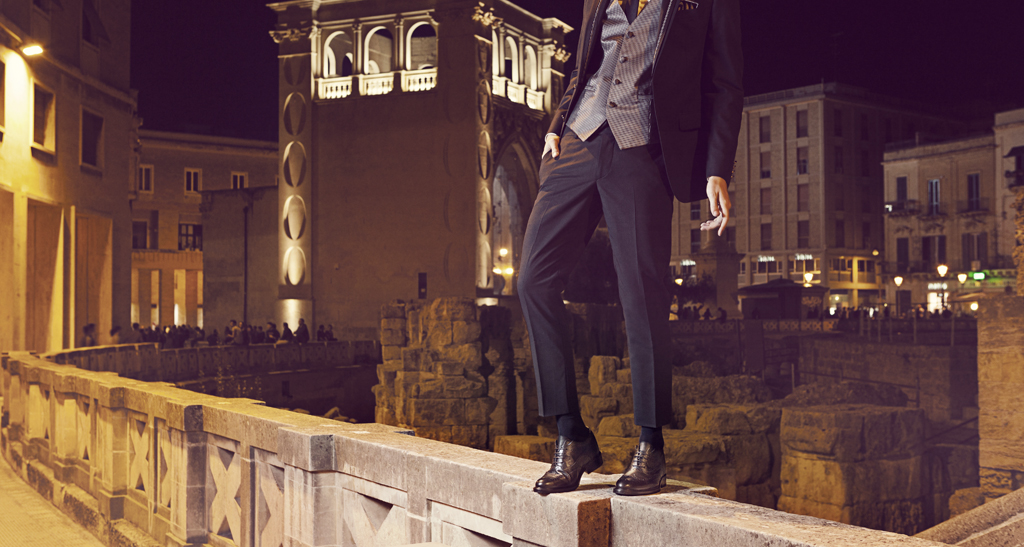Our evergreen models are reborn in new forms in the new Spring-Summer collection: elevator shoes with an unmistakable style, heading towards the future but with a heart firmly anchored to a glorious past.

The classic style thrives if you can renew it cleverly. Unlike fast fashion that produces new models every year, true luxury has rediscovered the dimension of tradition. However, it’s not a matter of simply re-proposing the evergreens, but knowing how to renew oneself by drawing inspiration from the past. This is what GuidoMaggi does, which also for this season offers men’s elevator shoes with a contemporary and captivating design, but always with a classic and elegant allure. It’s not a trivial thing: few brands succeed in the enterprise of knowing how to draw on their archives, renewing them by making them modern and chic every time. The Lecce maison has this prerogative, as confirmed by the young CEO Emanuele Briganti: “In our collections there are models that have been re-proposed years later and had the same success, confirming that the combination of luxury and time is the essence of beauty according to GuidoMaggi”.
Due to the pandemic, the circularity of ideas is becoming more popular in the footwear industry. A fashion brand achieves success only if it manages to capitalize on the teachings of the past. Together with Giorgio Armani, Emanuele Briganti is the leading exponent of the return to slow fashion: slow, carefully crafted, 100% Italian. Luxury to be enjoyed over time, handcrafted by skilled artisans and capable of enhancing the wearer’s style. GuidoMaggi, with its elevator shoes, offers exclusively slow fashion experiences. As Emanuele Briganti claims: “We don’t have to chase the futile trends of the moment at all costs. Fast is a hit and run that, and in the end, leaves nothing. True luxury, on the contrary, lies in the beauty of a product designed and created with craftsmanship and love. GM elevator shoes are bespoke, personalized masterpieces that always stand out for their charm: so timeless, that elevator models made ten years ago are still in great demand today”.
Slow fashion also takes a more sustainable approach, as it encourages consumers to invest in longer-lasting models. The pandemic has highlighted that the constant cycle of creations and novelties has saturated the fashion system. Furthermore, reinterpreting a brand’s archive in a new light means revitalizing its history: and GuidoMaggi’s has over 100 years of glorious tradition behind it.
GuidoMaggi elevator shoes are made to last and are more fashionable now than ever before. And they are indeed sustainable, created with total respect for the environment. Fast fashion, on the other hand, is not a green choice. It wastes significant resources available on the planet.
For example, fast fashion companies use a lot of water to make their clothes. About 4% of the drinking water available in the world is used to produce fast fashion clothes.
According to various experts, 20% of industrial water pollution in the world is due to the treatment and dyeing of fabrics: this makes the fashion industry one of the most water-polluting in the world. Not to mention the waste of energy and greenhouse gas emissions: the fashion sector emits more than 1 billion tons of greenhouse gases, representing 2% of total emissions. Additionally, fast fashion consumers in the United States are estimated to produce 1.2 million tons of clothing waste, accounting for 15% of clothes sales in the US.






